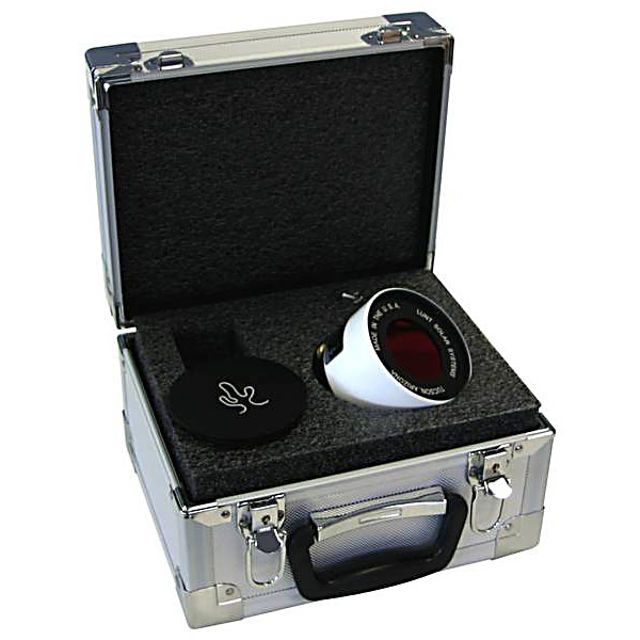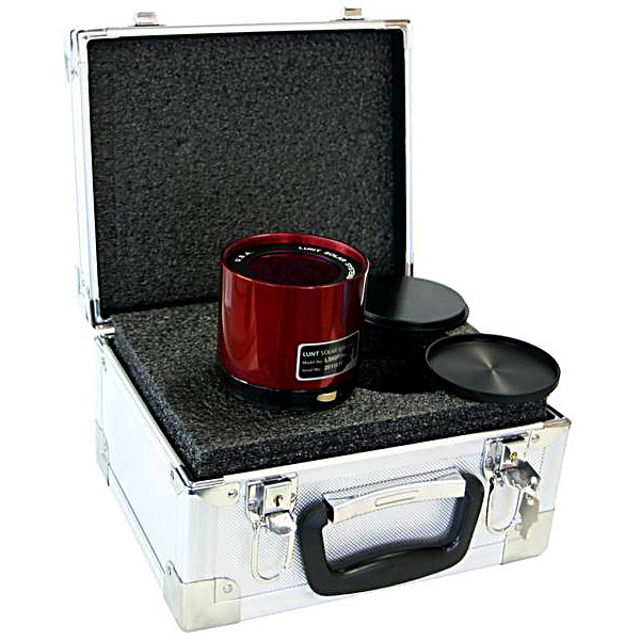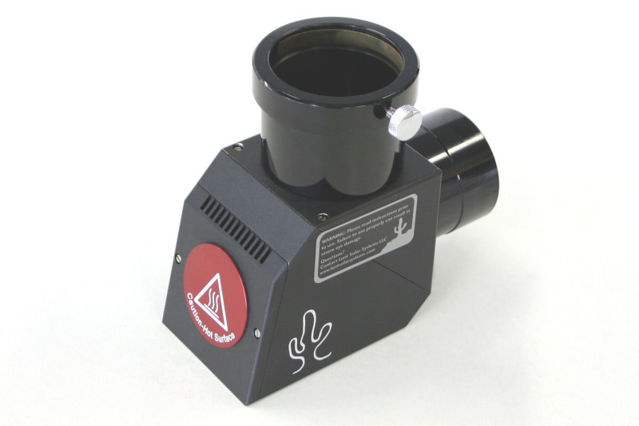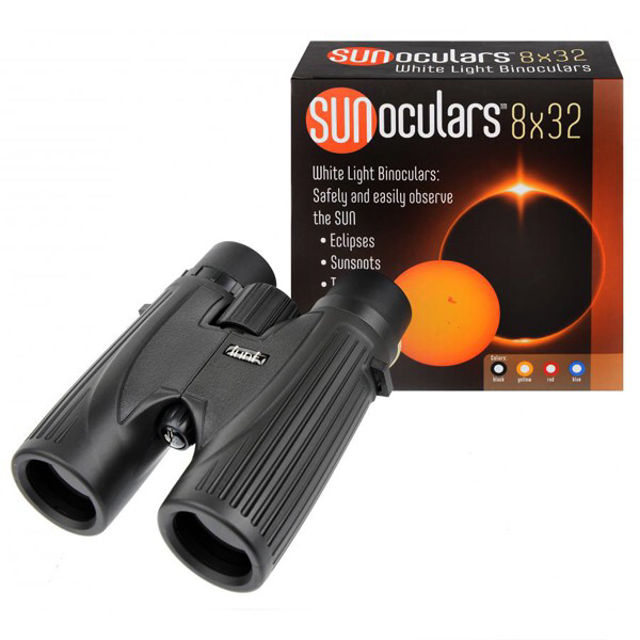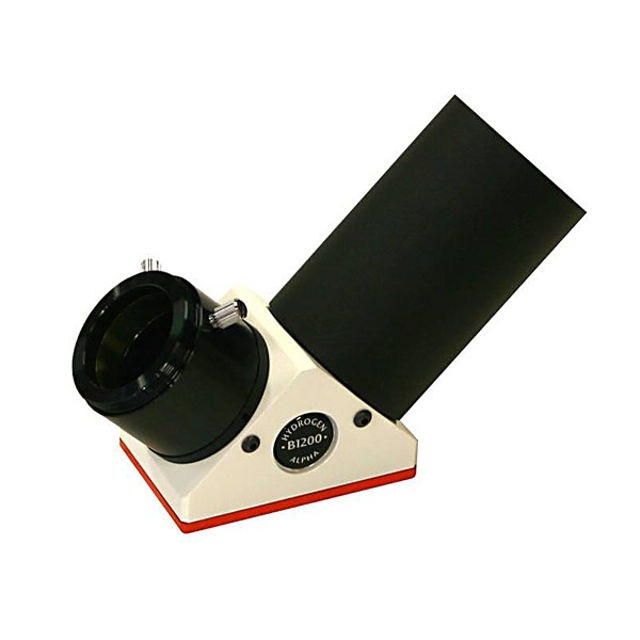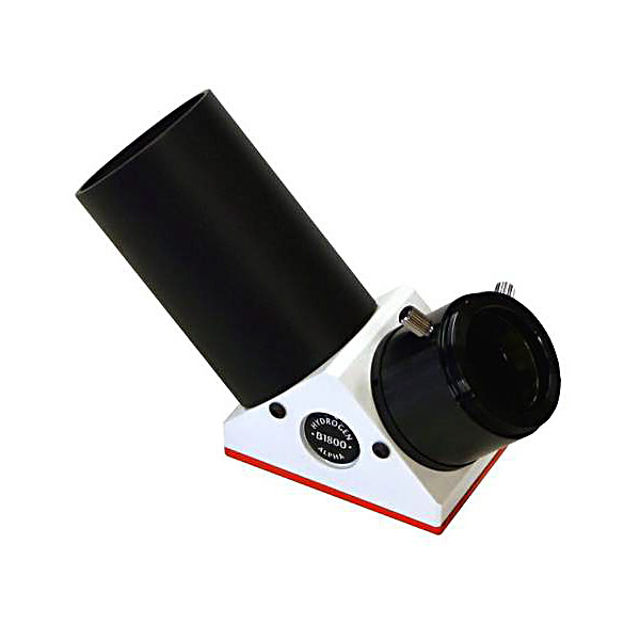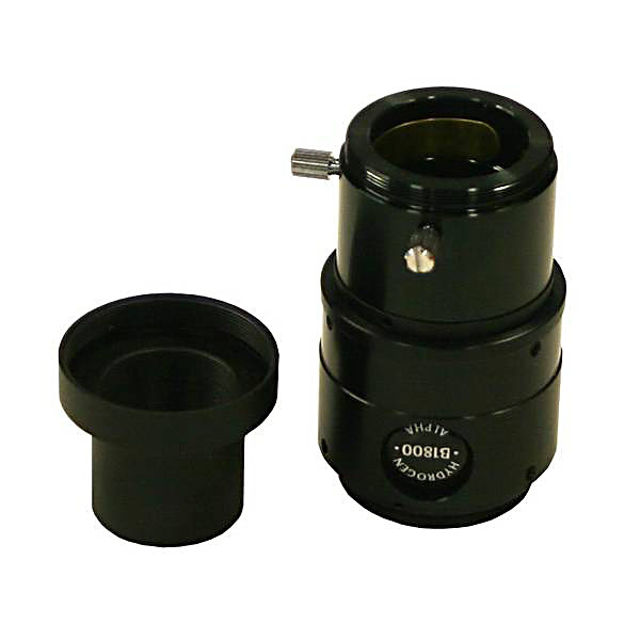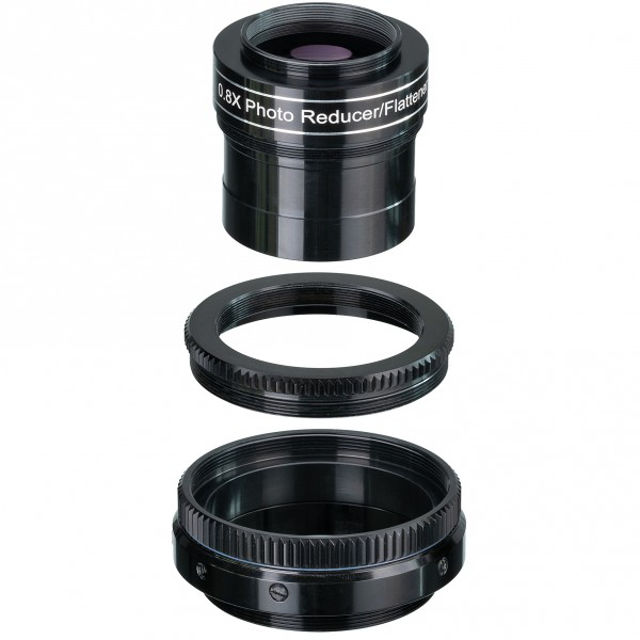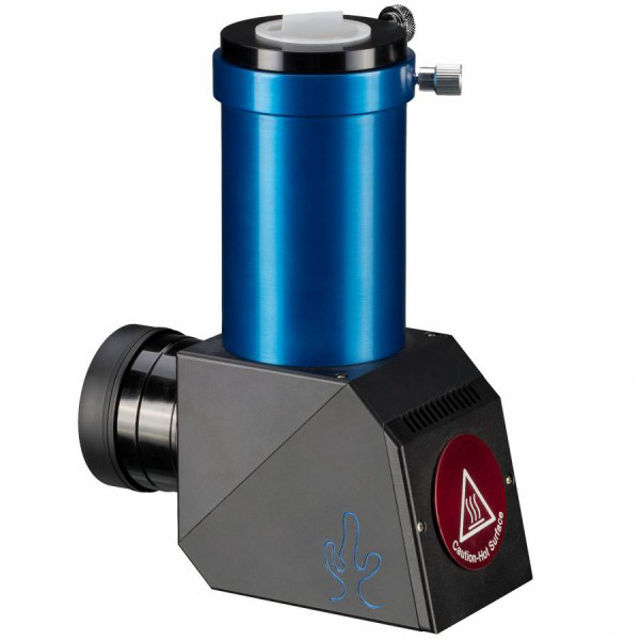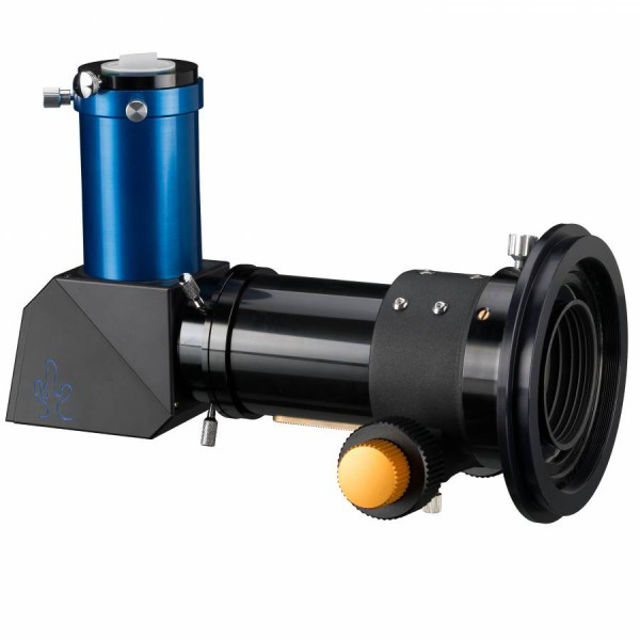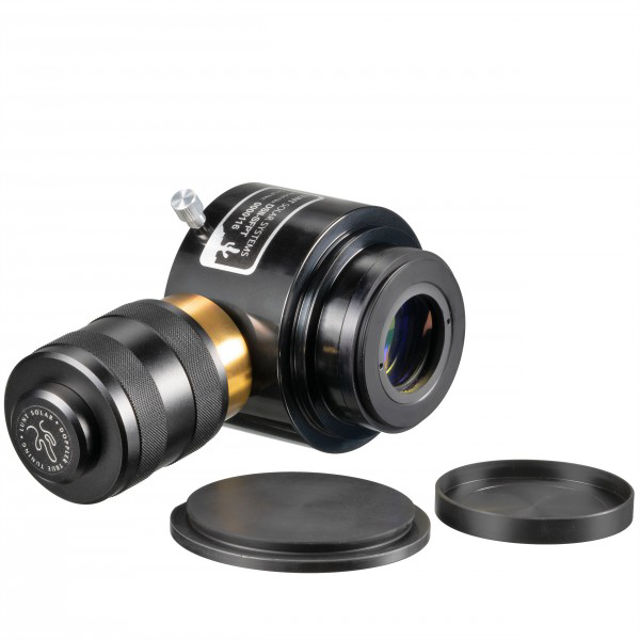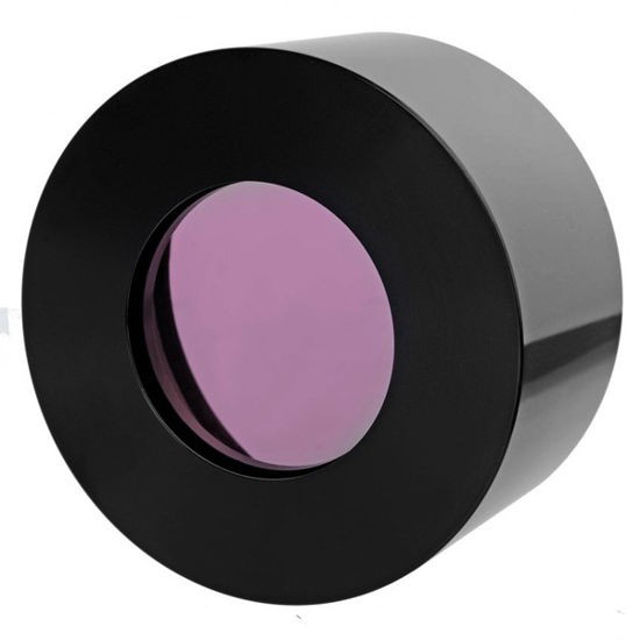Lunt Solar Systems

During the last years Lunt established as a manufacturer of a huge range of solar telescopes and solar filter systems. From the small Lunt LS35 beginners H-alpha telescope to the largest ever built LS230 you can choose from a wide selection of different variants and sizes. Furthermore you can get filter systems consisting of a front mounted etalon and a blocking filter to upgrade any refractor.
The small Lunt LS35 is perfect to start with this wonderful hobby of solar observation and you can take it with you at the next solar eclipse travel. Its 35 mm front etalon allows to watch all phenomenon on the sun. It shows prominences but also many details of the sun surface already in high resolution.
The large Lunt LS230 can show you all details in maximum resolution. With this telescope you can also visually observe the sun or take fantastic photos. Though a detailed sun observation has previously only possible professionals!
For a higher contrast many of the Lunt H-alpha telescopes can be double stacked with special modules. Normally a second etalon will be screwed onto the front of the solar telescope. For the Lunt LS80 you can get a special double stack module which will be placed at the end of the telescope, this modules currently will be developed for all other Lunt H-alpha telescopes.
Another opportunity is to observe the sun in the calcium wavelength. Also for this Lunt can deliver complete telescopes or special Cak-diagonals, called modules. The calcium wavelength for most people isn´t visible, so that systems are mainly interesting for the photography.
To upgrade existing refractors you can get filter systems in sizes from 35 mm to 100 mm and ERF energy rejection filter. Also you can get Herschel wedges in 1 ¼" or 2" for whitelight observation of the sun. To complete the program you can get a solar finder and a specially for solar observing made Lunt zoom eyepiece.
With the high quality and simple to use solar filter systems and telescopes from Lunt you will see the sun with new eyes!
50mm H-alpha double-stack solar filter, for all LS50FHa filter-systems and LS60THa/LS60MT telescopes
With this filter LS60 telescopes and LS50FHa filter systems show even more details on the solar surface
1350.65 € 1217.71 €
Estimated delivery time : 3-4 days (valid for new orders)
60mm H-alpha double-stack solar filter, for all LS60FHa filter-systems and LS60THa/LS60MT telescopes
With this filter LS60 telescopes and LS60FHa filter systems show even more details on the solar surface
3398.00 €
Estimated delivery time : Will be ordered for you (valid for new orders)
High qualtiy 2" Herschelwedge for safely solar observation and photography.
The advantages of the Lunt Herschelwedge:
- Perfect surfaces for a very high contrast
- Completely closed housing with integrated heat trap
- No scattered light escaping, for maximum safety
- Delivered in sturdy aluminium case with foam insert
598.00 €
Estimated delivery time : 3-4 days (valid for new orders)
Compact Solar Whitelight Binoculars 8 x 32 by Lunt
189.00 €
Estimated delivery time : 1-2 months (valid for new orders)
For free combination with a Lunt-Solar-Systems H-alpha solar-telescope or -filter
1298.00 €
Estimated delivery time : 3-4 days (valid for new orders)
For free combination with a Lunt-Solar-Systems H-alpha solar-telescope or -filter
1998.00 €
Estimated delivery time : 3-4 days (valid for new orders)
For free combination with a Lunt-Solar-Systems H-alpha solar-telescope or -filter
1998.00 €
Estimated delivery time : 3-4 days (valid for new orders)
Enlarges and flattens the field of view of the LUNT LS80MT, LS100MT & LS130MT multipurpose
598.00 €
Estimated delivery time : 1-4 days (valid for new orders)
Transforms the LS130MT into a telescope for observing super-granulation and more on the Sun in the blue Calcium-K wavelength
2798.00 €
Estimated delivery time : 3-4 days (valid for new orders)
The LS130MT/B3400 telescopes can be upgraded with this optional Ca-K module and conversion kit.
3498.00 €
Estimated delivery time : 1 week (valid for new orders)
With this module LS80MT & LS100MT telescopes show even more details on the solar surface
3698.00 €
Estimated delivery time : 3-4 days (valid for new orders)
Reduces effectively possible reflections by double-stacking LUNT LS80MT and LS100MT H-alpha solar telescopes
349.00 €
Estimated delivery time : 1-2 days (valid for new orders)
